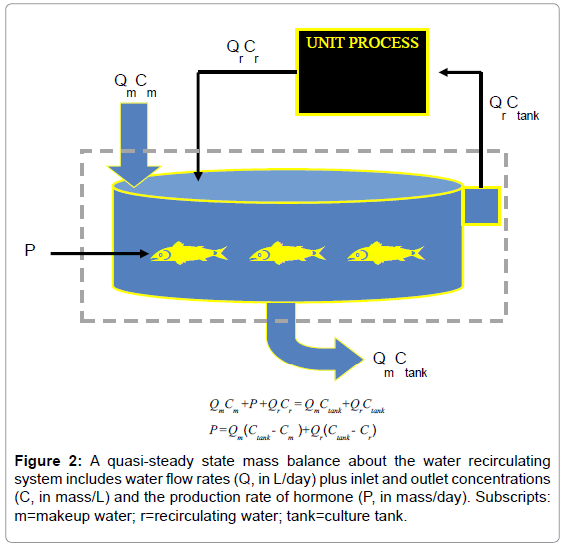2nd Aquaculture Edition Recirculating System
. Aland Islands. Albania. Andorra. Armenia. Austria.

Azerbaijan. Belarus.
Belgium. Bosnia and Herzegovina. Bulgaria. Croatia. Cyprus. Czech Republic.
Denmark. Estonia. Finland.
A complete reference book on recirculating aquaculture systems. Book also includes basic material on fish health management, fluid mechanics, economics, monitoring &. Recirculating Aquaculture Third Edition has had. Popular text Recirculating Aquaculture Systems. Typically recirculating. Second edition has. Full download recirculating aquaculture systems 2nd edition from search results.recirculating aquaculture systems 2nd edition hosted on extabit, rapidgator.
France. Georgia. Germany. Gibraltar. Greece.
Greenland. Holy See (Vatican City State). Hungary.
Iceland. Ireland. Italy. Latvia. Liechtenstein. Lithuania.
Luxembourg. Macedonia. Malta. Moldova. Monaco. Montenegro.
Netherlands. Norway. Poland. Portugal. Romania. Russia.
Serbia. Slovakia. Slovenia.
Spain. Sweden. Switzerland. Turkey. Ukraine. United Kingdom. American Samoa.
Australia. Bangladesh.
Bhutan. British Indian Ocean Territory. Brunei. Cambodia. China. Christmas Island. Cocos (Keeling) Islands.
Cook Islands. Fiji. Guam. Hong Kong. India.
The Conservation Fund

Indonesia. Japan. Kazakhstan. Korea (the Republic of). Kyrgyzstan.
Laos. Macao. Malaysia.
Biofilter
Maldives. Mongolia. Myanmar. Nepal.

New Zealand. Pakistan. Papua New Guinea. Philippines. Samoa. Singapore.
Solomon Islands. Sri Lanka. Taiwan. Tajikistan.
Cornell University
Thailand. Timor-Leste. Tonga.
Turkmenistan. Uzbekistan. Vanuatu. Vietnam. Description The output from world aquaculture, a multi-billion dollar global industry, continues to rise at a very rapid rate and it is now acknowledged that it will take over from fisheries to become the main source of animal and plant products from aquatic environments in the future. Since the first edition of this excellent and successful book was published, the aquaculture industry has continued to expand at a massive rate globally and has seen huge advances across its many and diverse facets.
This new edition of Aquaculture: Farming Aquatic Animals and Plants covers all major aspects of the culture of fish, shellfish and algae in freshwater and marine environments. Subject areas covered include principles, water quality, environmental impacts of aquaculture, desert aquaculture, reproduction, life cycles and growth, genetics and stock improvement, nutrition and feed production, diseases, vaccination, post-harvest technology, economics and marketing, and future developments of aquaculture. Separate chapters also cover the culture of algae, carps, salmonids, tilapias, channel catfish, marine and brackish fishes, soft-shelled turtles, marine shrimp, mitten crabs and other decapod crustaceans, bivalves, gastropods, and ornamentals. There is greater coverage of aquaculture in China in this new edition, reflecting China's importance in the world scene. For many, Aquaculture: Farming Aquatic Animals and Plants is now the book of choice, as a recommended text for students and as a concise reference for those working or entering into the industry.
Providing core scientific and commercially useful information, and written by around 30 internationally-known and respected authors, this expanded and fully updated new edition of Aquaculture is a book that is essential reading for all students and professionals studying and working in aquaculture. Fish farmers, hatchery managers and all those supplying the aquaculture industry, including personnel within equipment and feed manufacturing companies, will find a great deal of commercially useful information within this important and now established book. Reviews of the First Edition 'This exciting, new and comprehensive book covers all major aspects of the aquaculture of fish, shellfish and algae in freshwater and marine environments including nutrition and feed production.'
' —International Aquafeed 'Do we really need yet another book about aquaculture? As far as this 502-page work goes, the answer is a resounding 'yes'. This book will definitely find a place in university libraries, in the offices of policy-makers and with economists looking for production and marketing figures.
Fish farmers can benefit greatly from the thematic chapters, as well as from those pertaining to the specific plant or animal they are keeping or intending to farm. Also, they may explore new species, using the wealth of information supplied.' ' —African Journal of Aquatic Science 'Anyone studying the subject or working in any way interested in aquaculture would be well advised to acquire and study this wide-ranging book. One of the real 'bibles' on the aquaculture industry.' ' —Fishing Boat World and also Ausmarine.
'This new and considerably improved and updated edition reflects the enormous strides made by the aquaculture sector in the nine years since the first edition. A very good and comprehensive update of a vitally important sector of the wider maritime industry' ( AUSMARINE, November 2012) “Aquaculture—Farming aquatic animals and plants is a book that gives many useful insights into this diverse field, but coverage is uneven and selective; depth has sometimes been sacrificed to maintain breadth.” ( Aquaculture International, 2 April 2011).